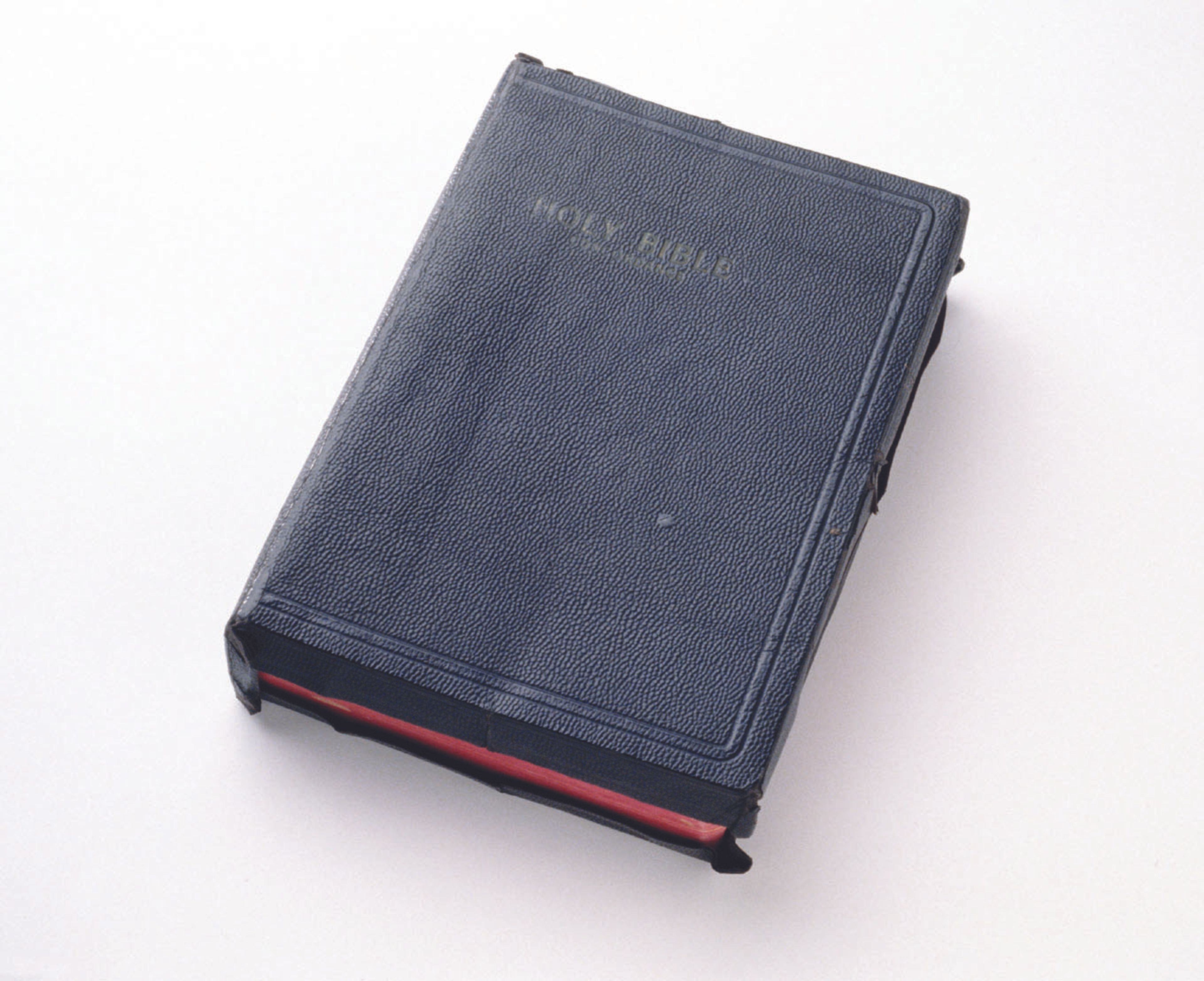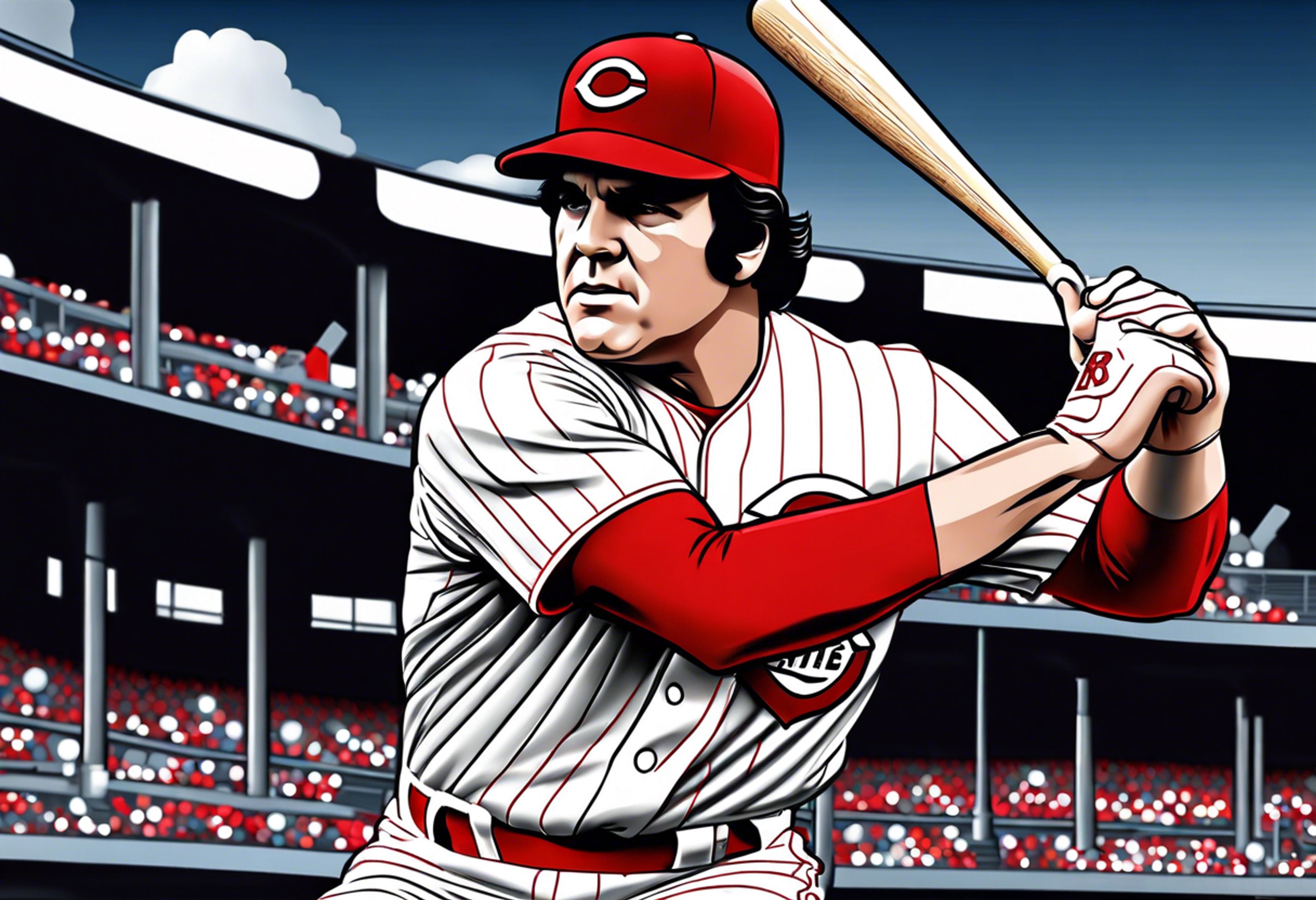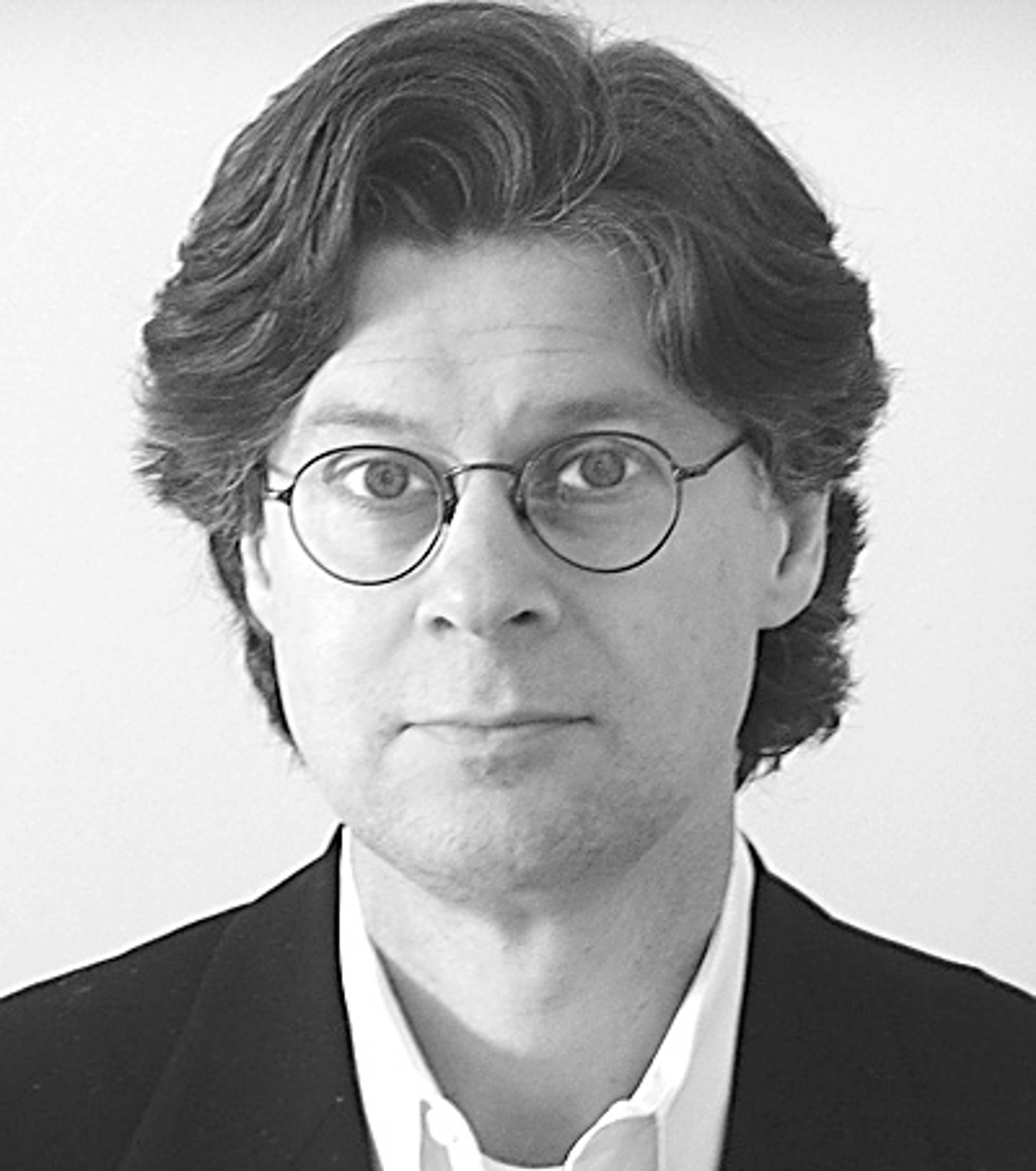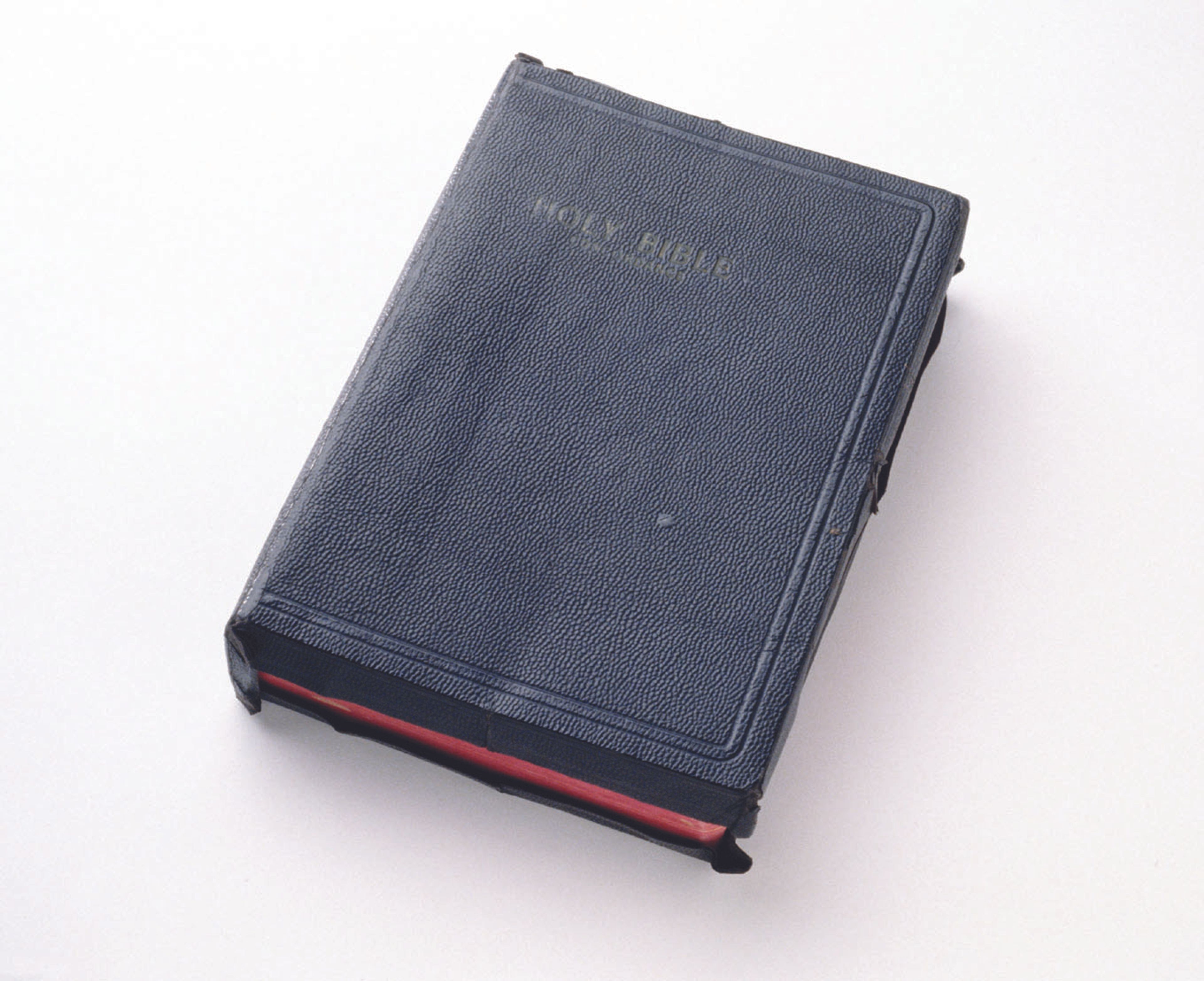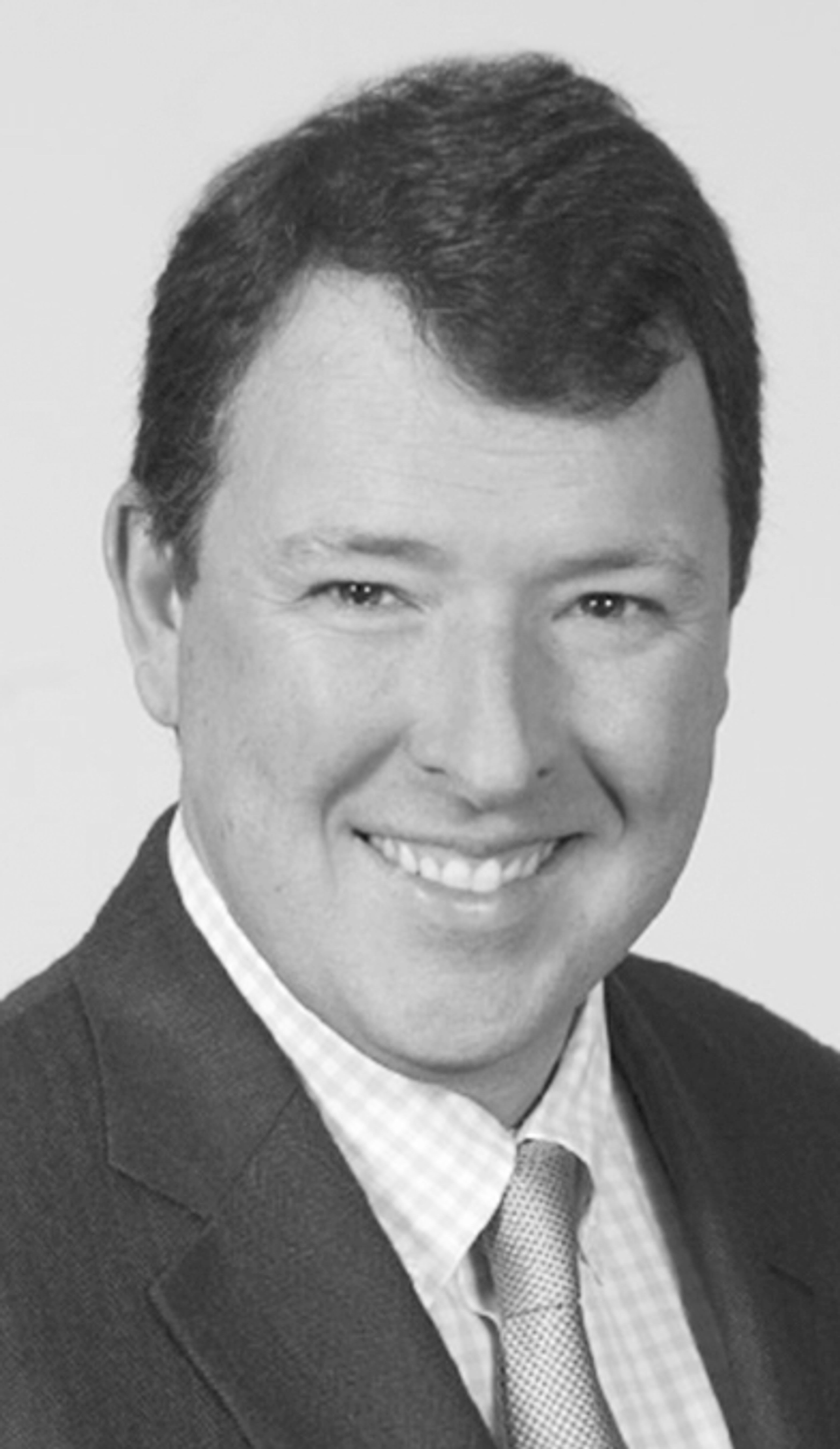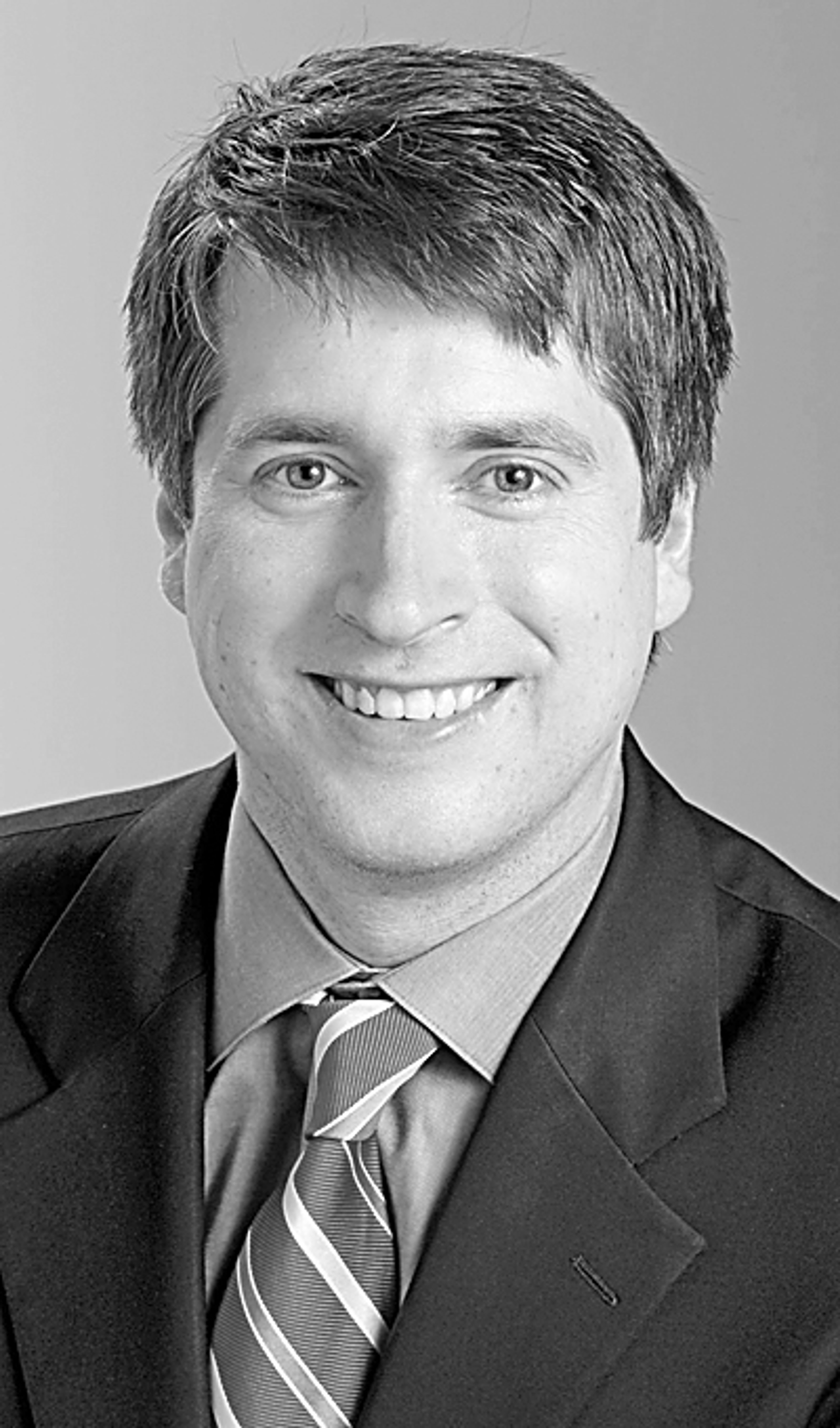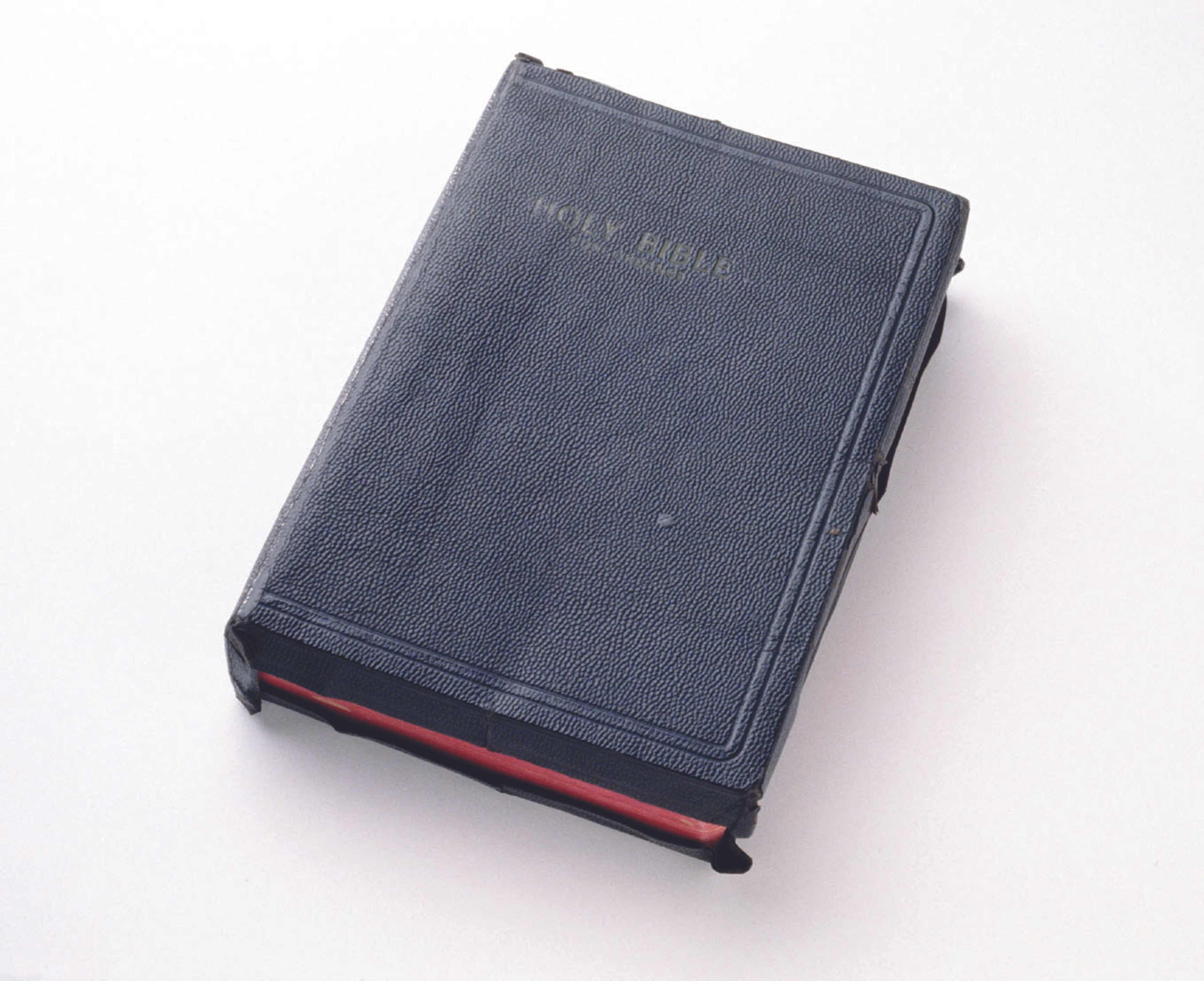$$$Start
The Wall Street Journal
Of all the strengths of America's labor movement, historically two have distinguished it from the more radicalized versions which prevail on the continent. One was its determined anti-communism. The other was an agenda geared less to ideology than to concrete issues like pay and working conditions. Worth recalling is that it wasn't Henry Ford who said "the worst crime against working people is a company that fails to operate at a profit." It was the first president of the American Federation of Labor, Samuel Gompers. Given this tradition, it's no surprise that America never did spawn a Labor Party.
Until now, that is.
That party, of course, calls itself the Democratic Party. But if the Federal Elections Commission is correct and we had any kind of truth in advertising, the Democrats would change their name to the American Labor Party. In a report stamped "sensitive," the FEC's general counsel concluded that such was the extent of labor's muscle in the 1996 elections that the AFL-CIO and its fellow unions enjoyed -- in exchange for financial contributions -- the "authority to approve or disapprove plans, projects and needs of the DNC and its state parties."
Now, if the unions want to push their agenda through something called the Democratic Party, unlike the exponents of campaign-finance reform we think the First Amendment protects their right to do so. The problem, however, is not what they spend but where they get the money. A privileged legal position guarantees full union treasuries, simply because in many states workers are required to pay dues whether they want to or not.
Leave aside, for a moment, the obvious scandals such as union boss Ron Carey, a "reformer" now on trial for an elaborate money-laundering scheme aimed at keeping Mr. Carey president of the Teamsters and Bill Clinton president of the United States. For the evidence subpeonaed by the FEC suggests that the real scandal may be the wholesale integration of the America's most powerful unions into the Democratic Party structure. A document spelling out the Coordinated Campaign for North Carolina leaves little to the imagination: "When the DNC and its national partners, including ... the AFL-CIO and the NEA, agree on the contents of a plan, each national partner will give their funding commitment to the state." The next paragraph explains that plans "must be submitted with a signature page" demonstrating the "formal sign-off" of the principal players.
When we raised this with the NEA, a spokeswoman told us that the document in question was a DNC form. If true, surely that's more damning still, because it confirms that the DNC viewed the terms as a clear quid pro quo: a fixed contribution in exchange for a union seat on campaigns. A response on the DNC's own letterhead confirms, for example, the existence of a "National Coordinated Campaign Steering Committee" that met at DNC headquarters and "normally" included the AFL-CIO and the NEA. The only reason we know about these arrangements, moreover, is because the Landmark Legal Foundation grabbed the subpeonaed documents during a four-day window in May when the FEC made them publicly available. The Democrats and the AFL-CIO, by contrast, sent in lawyers in asking for a court order to keep these documents sealed -- successfully, as it happens, if too late. Plainly there's much here they'd rather their own members never learn.
This transition of the Democratic Party parallels the transition int he economy. Since 1975, the percentage of union members who are public sector employees has leapt from 21.5% to 43.7%. In terms of today's economy, that works out to fewer than one in ten private-sector employees belonging to a union. So while the popular image of a unionist remains a Pittsburgh hardhat, today's union member is increasingly more likely to be that bureaucrat snapping at you to get in line down at the division of motor vehicles. Even within the AFL-CIO, its largest member union is one dominated by public-sector employees.
Manifestly the numbers alone put the lie any claim by union bosses today to represent the American worker. Surely this Labor Day we do well to view this dwindling union presence in the real economy as a sign of contentment, and to recognize, as ordinary Americans do, that their 401Ks and benefits are inextricably linked to the fortunes of the businesses they work for. Perhaps that's why the only glimmers of economic sense within the labor movement comes from those who still depend on the private sector for their paychecks, witness the Teamsters support for drilling in Alaska. By contrast, as we pointed out during last year's convention, the auto workers and coal miners are being replaced within the Democratic Party by those who depend on taxes, from the American Federation of State, County and Municipal Employees to the public school teachers unions.
In this context, it was only inevitable that the party of government should integrate itself with the unions of government. Maybe their name should say so.
The Wall Street Journal published this editorial Aug. 31.
Connect with the Southeast Missourian Newsroom:
For corrections to this story or other insights for the editor, click here. To submit a letter to the editor, click here. To learn about the Southeast Missourian’s AI Policy, click here.
